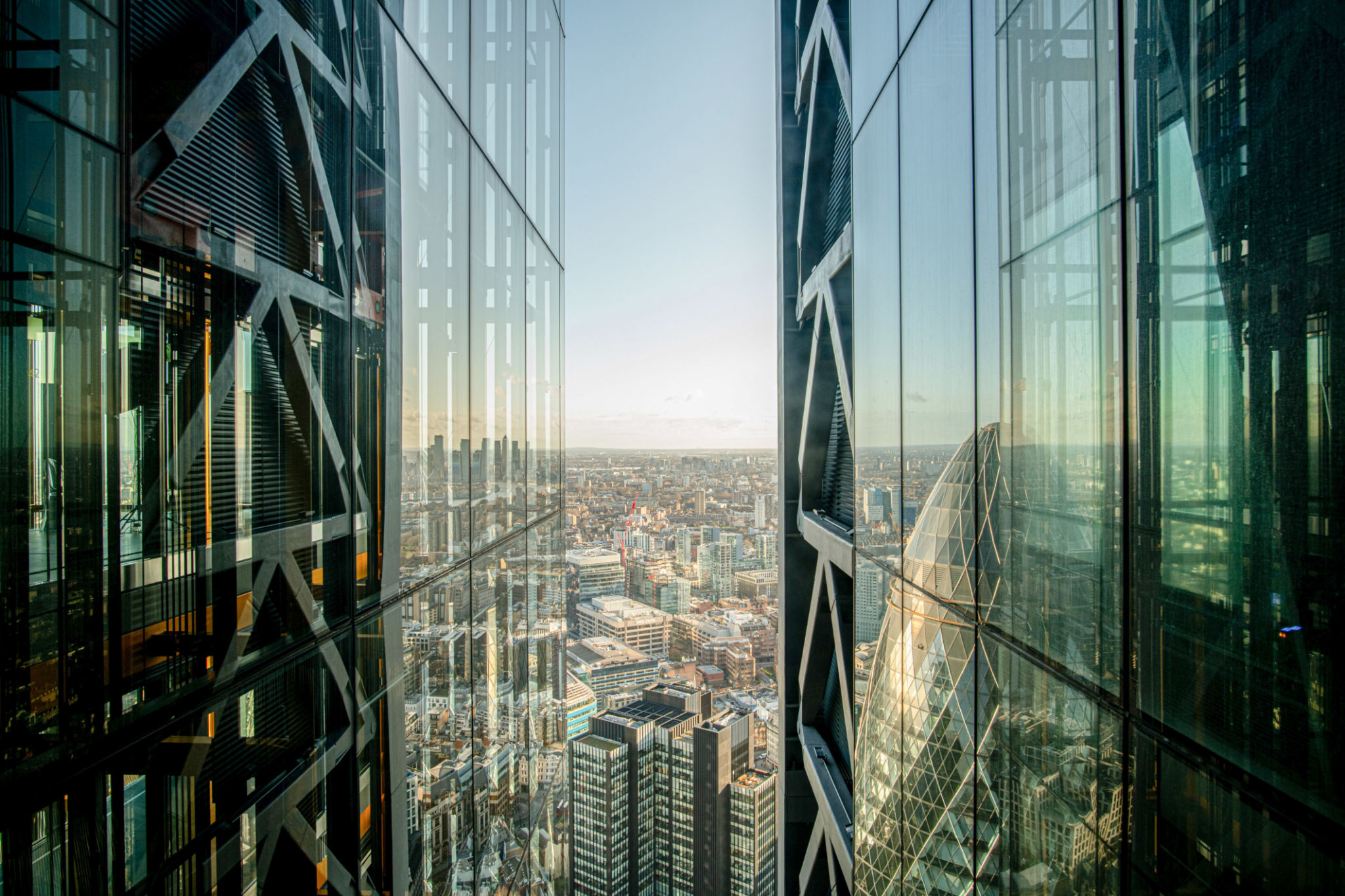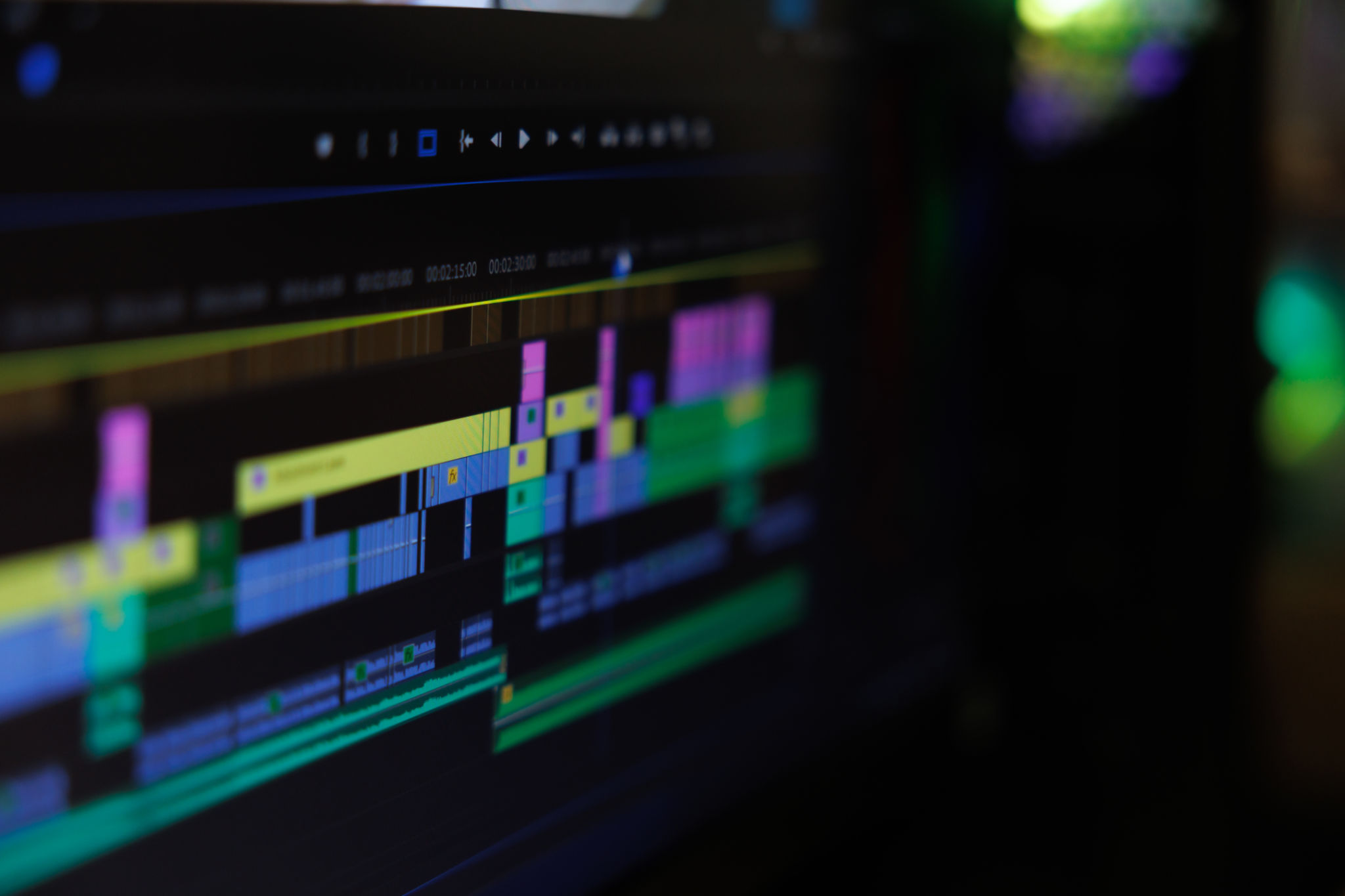Aerial Videography for Real Estate Listings: Tips for Capturing Stunning Shots
Introduction to Aerial Videography
In recent years, aerial videography has transformed the way real estate listings are presented. With the ability to capture stunning, bird’s-eye views of properties, drones have become an essential tool for real estate professionals looking to showcase homes in their best light. From sprawling estates to urban high-rises, aerial shots provide a unique perspective that traditional photography simply cannot match.

Choosing the Right Equipment
When it comes to capturing high-quality aerial footage, the equipment you use plays a crucial role. Investing in a reliable drone equipped with a high-definition camera is essential. Look for drones that offer features such as gimbal stabilization, which helps ensure smooth and steady shots, and a long battery life to maximize your filming time.
Consider Camera Specifications
The camera on your drone should have at least 4K resolution capability to capture crisp and detailed footage. Additionally, adjustable aperture settings can be beneficial for controlling the exposure in varying lighting conditions. A camera with a wide dynamic range will also help in dealing with high-contrast scenes, ensuring the finest details are captured.

Mastering the Art of Framing and Composition
Just like traditional photography, the principles of framing and composition apply to aerial videography. Understanding these basics can significantly enhance the visual appeal of your shots. Use the rule of thirds to create balanced and engaging compositions. This involves dividing your frame into a 3x3 grid and placing key elements along these lines or at their intersections.
Utilize Leading Lines and Symmetry
Leading lines can guide the viewer’s eye through the video, creating a natural flow that highlights the property’s features. Symmetry can also be powerful in aerial shots, especially when capturing architectural elements or landscaping that are designed to be visually balanced.

Planning Your Shot List
Before taking flight, it's important to plan out the specific shots you want to capture. Consider creating a shot list that includes wide-angle views of the property, close-ups of distinctive features, and any unique angles that emphasize the home’s setting or design. This will help streamline your shooting process and ensure no critical angles are missed.
Incorporate Dynamic Movements
Incorporating dynamic movements such as pans, tilts, and orbits can add cinematic flair to your videos. These movements should be smooth and deliberate, allowing viewers to appreciate every aspect of the property. Practice these maneuvers in an open area before filming to ensure precision during the actual shoot.
Editing for Maximum Impact
The editing process is where your aerial footage truly comes to life. Use editing software to enhance colors, adjust exposure, and add music or voiceovers that complement the visuals. Transitions between shots should be seamless to maintain a professional and polished look.

Add Annotations and Callouts
Consider adding annotations and callouts to highlight important features of the property or provide additional context. These can be particularly useful for large properties where viewers might benefit from more information about specific areas or amenities.
Conclusion
Aerial videography offers real estate professionals a powerful tool to showcase properties in an engaging and captivating manner. By selecting the right equipment, mastering composition techniques, planning your shots carefully, and utilizing effective editing strategies, you can create stunning aerial videos that capture the attention of potential buyers and set your listings apart from the competition.
